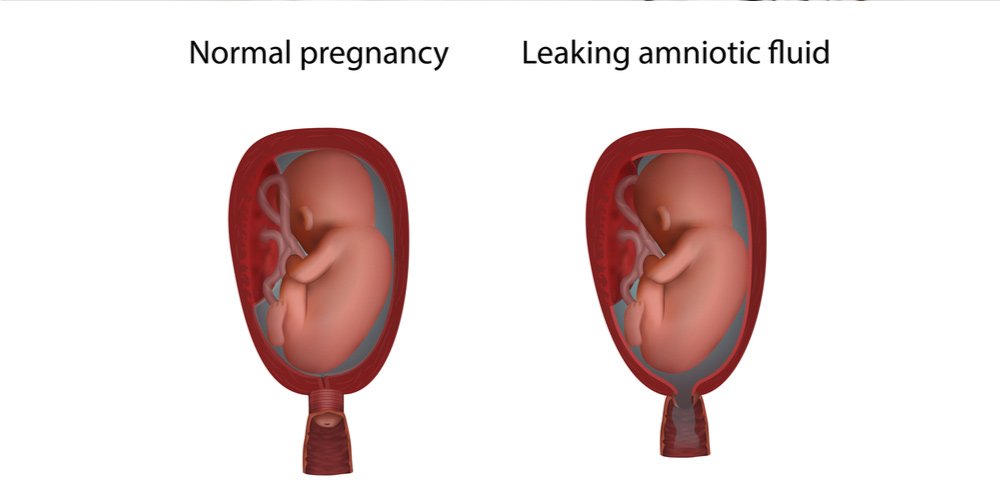


Your unborn baby floats and moves in this fluid. The sac is filled with a fluid that is clear, and pale straw-colored. The sac is in some instances referred to as membranes because it comprises of two membranes. This is where your unborn child will develop and grow in readiness for delivery. Leaking amniotic fluid according to NHSĪn amniotic sac is a fluid filled bag in your uterus. You could also be leaking the fluid if you continue experiencing the wetness even after emptying your bladder.

A continuous flow is indicative of a leak. Consider going to the hospital for a consultation if you are not sure what is causing the leak. It may be difficult to establish the source of a small leak. You notice a sudden fluid gush running along the length of your legs after the water has broken.You can tell whether you have a leak during your pregnancy if: What are the symptoms for slow amniotic fluid leak? It is an indication that you have a vaginal discharge. Such a leak will not soak through your pads. The leak has a mucous like consistency that requires you to switch your pads or liners for hygiene purposes.You experience a sudden leak accompanied by movement in your womb.Has a yellow tinge similar to that of urine.There is a probability that it is not amniotic fluid if: You may experience some discomfort and cramping as well. You need to change your liner pads and undergarments frequently as the leak is steady.You do not have any control over the leak.It could at times be tinged with mucous, blood, or white specs


 0 kommentar(er)
0 kommentar(er)
